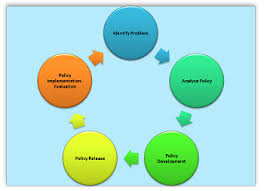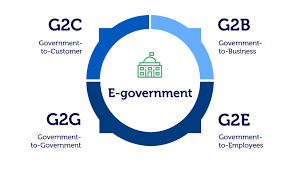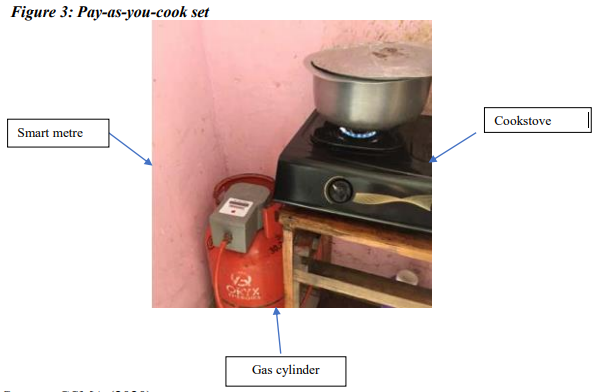Public Service Recruitment and Selection in Tanzania
Are Regulatory Frameworks for E-Recruitment and Selection Effective?
Downloads
The advent of e-recruitment and selection in Tanzania aimed at significantly lessening or stopping inherent features such as low penetration of job accessibility, corruption, delayed recruitment and selections, nepotism and fraud. It required changes in the regulatory framework for improved recruitment and selection. Otherwise, efficient and effective conventional recruitment and selection would be inherent. Consequently, it could continue to jeopardise the effective identification of potential and talented workforce for socioeconomic development in Tanzania. Extant studies on this topic rarely covered issues concerning e-recruitment and selection regulatory frameworks. Therefore, this paper examined how employment regulatory frameworks enhance effective e-recruitment and selection in the Public Service Recruitment Secretariat –Tanzania. The study employed a qualitative approach. A case study design with purposive and convenient sampling was used. The sample size included 17 key individuals. Five (5) respondents were selected purposively and interviewed, while for Focus Group Discussions (FGDs), (3) three groups, each with (4) four participants, were conveniently involved. The findings revealed that the linkage between recruitment regulatory frameworks and ICT use is hardly managed. However, to some extent, it has facilitated effective e-recruitment and selection. Reasons for complex linkage are that the PSRS still uses recruitment regulatory frameworks, which were used in the traditional era, which were scarcely coined for ICT services and the inadequacy of the ICT system's interoperability. Thus, linking ICT services with recruitment regulatory frameworks still needs to be maintained to prevent unreliable workforces in the public service.












